Risk factors associated with not receiving adjuvant chemotherapy for locally advanced oesophagogastric adenocarcinoma
ABSTRACT NUMBER: FEGGETTER MEDAL FOR SENIOR TRAINEES (ST3+)_2
MAIN ABSTRACT TEXT
Introduction
Perioperative chemotherapy is standard of care in the curative treatment of locally advanced oesophagogastric adenocarcinoma (OGA) in the UK. There is however large number of patients who don’t undergo adjuvant component of both of these perioperative regimens. This study aimed to investigate factors which are associated with not receiving adjuvant chemotherapy after neoadjuvant chemotherapy followed by surgical resection for oesophagogastric adenocarcinoma
Methods
All patient receiving neoadjuvant chemotherapy for OGA followed by curative surgery between 2010-2019 were identified from prospectively maintained single institution database. Patients who died in-hospital or within 90 days of surgery were excluded from analyses. Risk factors which could be associated with receiving/not receiving adjuvant component were studied. Multivariable logistic regression was carried out to identify risk factors independently predictive of not receiving adjuvant chemotherapy.
Results
Analyses included 624 patients of whom 273 received adjuvant chemotherapy (44%). Age, Charlson comorbidity index, return to theatre, severe postoperative complications (Clavien-Dindo grade III+) and R1 resection were associated with not receiving adjuvant chemotherapy (p 0.005, p 0.006, p 0.026, p 0.043, p 0.004 respectively). Only R1 resection was independently associated with not receiving adjuvant component (OR 0.18, p 0.007) in multivariable model.
Conclusion
This study confirms that only less than half of patients who undergo neoadjuvant chemotherapy followed by surgery with curative intent receive adjuvant chemotherapy. Reasons for this are multifactorial but age, comorbidities, severe complications and positive longitudinal margin might play important role. These results also highlight the importance of prevention, early detection and appropriate management of postoperative complications.
